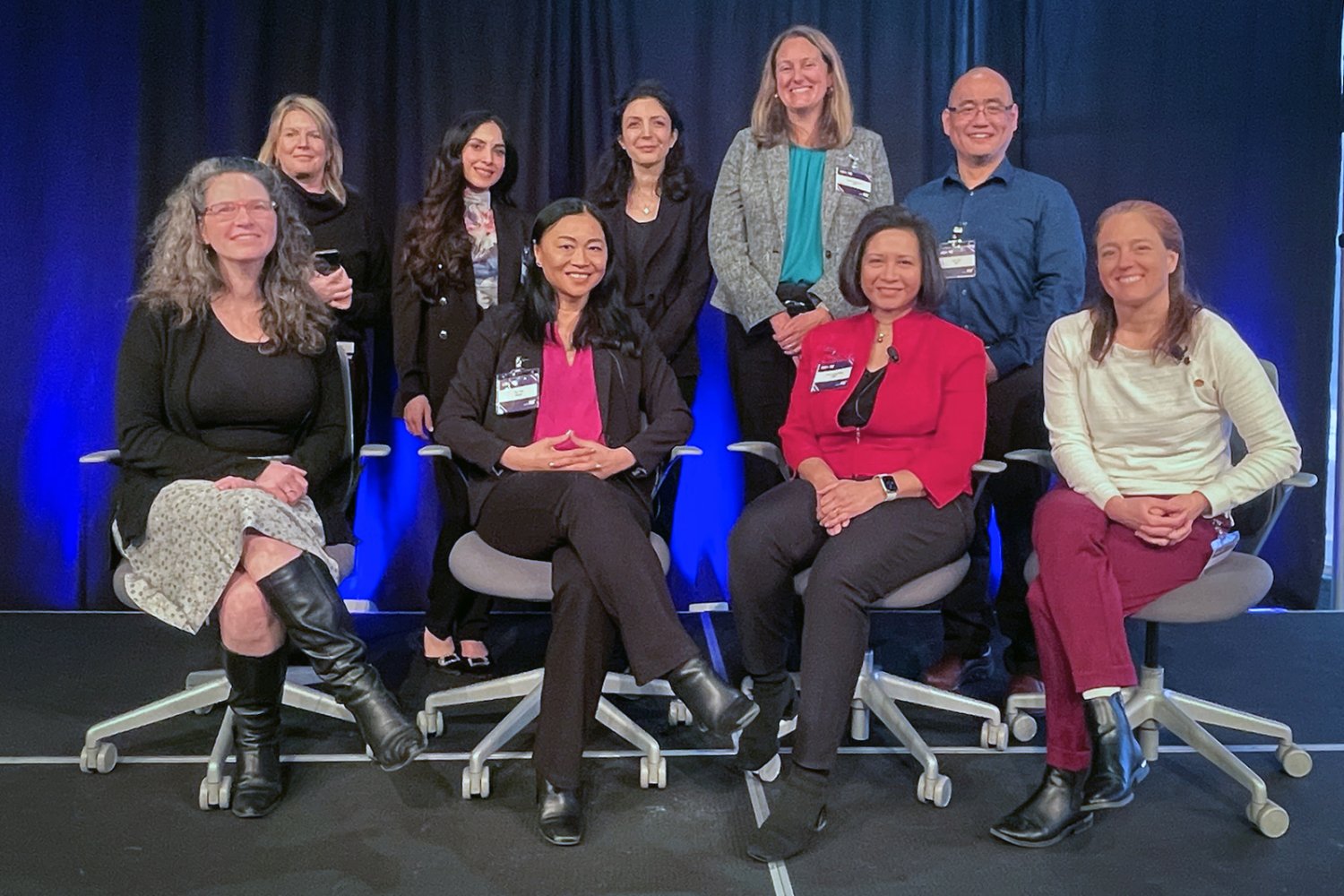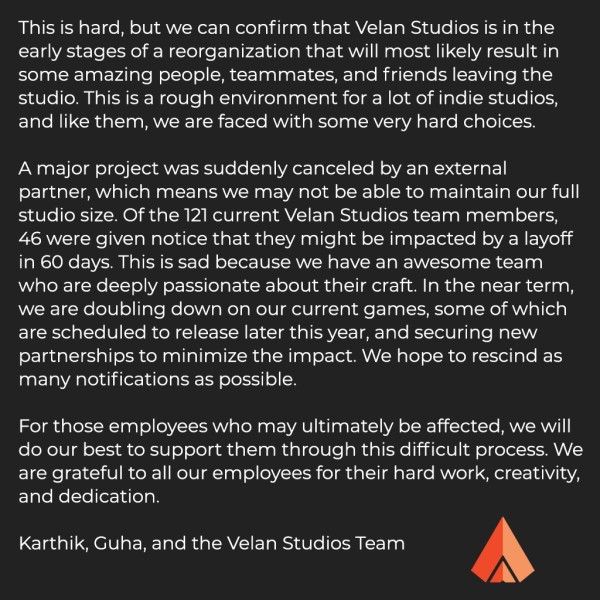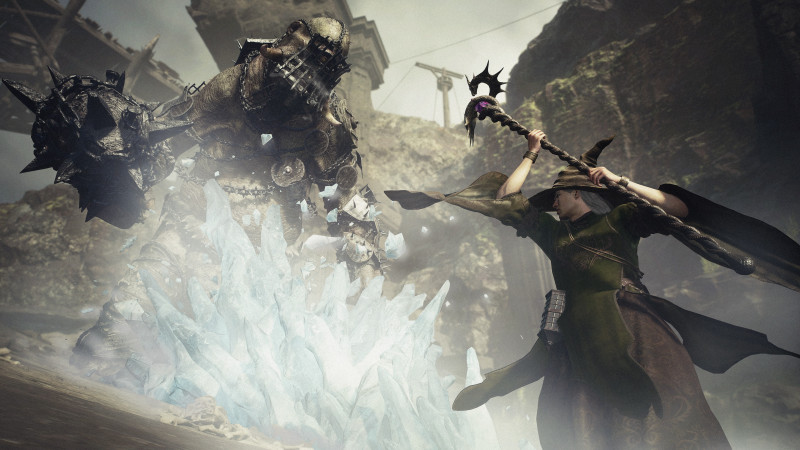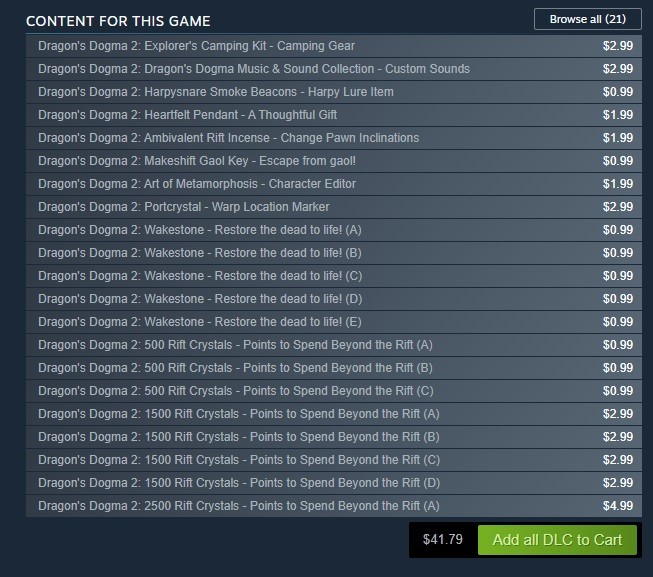
“I want to tell you that you don’t have to be just one thing,” said Katie Eckermann ’03, MEng ’04, director of business development at Advanced Micro Devices (AMD) at a networking event for students considering careers in hard technologies. “There is a huge wealth of different jobs and roles within the semiconductor industry.”
Eckermann was one of two keynote speakers at the Design the Solution conference, presented by the Global Semiconductor Alliance (GSA) Women’s Leadership Initiative, and co-sponsored by MIT.nano. Following the speaking portion of the event, attendees were invited to meet with representatives from AMD, Analog Devices, Applied Materials, Arm, Cadence Design Systems, Cisco Systems, Intel, Marvell, Micron Technology, Samsung, Synopsys, and TSMC. This annual February event was one in a series organized by the GSA Women’s Leadership Initiative and hosted at universities across the country to highlight the global impact of a career in semiconductors and recruit more women into the hard-tech ecosystem.
Eckermann was joined by John Wuu ’96, MEng ’97, senior fellow design engineer at AMD. Together, the two highlighted some of the key trends and most significant challenges of the semiconductor industry, as well as shared their career paths and advice.
Wuu highlighted the tremendous increase in computing performance in recent years, illustrated in 2022 by Hewlett Packard’s Frontier computer — calculating complex problems much faster than several other supercomputers combined. While supercomputer performance has doubled every 1.2 years over the last 30 years, power efficiency has doubled only every 2.2 years — thus underscoring a clear need to continue the pace of performance sustainably and responsibly.
“These performance improvements are not about trying to break records just for the sake of breaking records,” said Wuu. “The demand for computing is very high and insatiable, and the improvements in performance that we’re getting are being used to solve some of humanity’s most challenging and important problems — from space exploration to climate change, and more.”
Both Wuu and Eckermann encouraged students pursuing careers in semiconductors to focus on learning and stretching themselves, taking risks, and growing their network. They also emphasized the many different skill sets needed in the semiconductor industry and the common problems that often exist across different market segments.
“One of the most valuable things about MIT is that it doesn’t teach you how to recite formulas or to memorize facts, it teaches you a framework on how to think,” said Eckermann. “And when it comes down to engineering, it’s all about solving complex problems.”
Following the keynote, Deb Dyson, senior staff engineering manager at Marvell, moderated a panel discussion featuring Rose Castanares, senior vice president for business management at TSMC North America; Kate Shamberger, field technical director for the Americas at Analog Devices; and Thy Tran, vice president of global frontend procurement at Micron Technology.
The panelists described their own individual and diverse career journeys, also emphasizing the tremendous amount and variety of opportunities currently available in semiconductors.
“Everywhere you look [in the semiconductor industry], it is the epicenter of all the intersectionality of the disciplines,” said Tran. “It’s the pure sciences, the math, the engineering, application-based, theory-based — I can’t believe I got so lucky to be in this arena.”
Some key themes of the panel discussion included the importance of teamwork and understanding the people you’re working with, the development of leadership styles, and trying out different types of roles within the industry. All speakers encouraged students to identify what they like to do most and think broadly and flexibly about how they can apply their skills and interests — and, above all, to always be learning and gaining a breadth of knowledge.
“It’s important to be continually learning — not just in your field, but also adjunct to your field,” said Castanares. “It’s not about trying to prove that you’re the smartest person in the room, but the most curious person in the room — and then apply and share that knowledge.”





